 Today I started pruning our raspberry canes. I’m going to spread it over a week or so and give the rabbits the prunings. They had the remaining leaves in autumn so now there are just sticks (called canes) left but hopefully they’ll enjoy gnawing them.
Today I started pruning our raspberry canes. I’m going to spread it over a week or so and give the rabbits the prunings. They had the remaining leaves in autumn so now there are just sticks (called canes) left but hopefully they’ll enjoy gnawing them.
Last year was the first year we’ve grown them and I’m really pleased with how they did. We put six canes (plants) in a large tub in March/April (a bit late) and they gave us several handfuls of raspberries over the summer and into late autumn and some lovely leaves for the rabbits to nibble. Hopefully they’ll do even better this year.
Blackberry and raspberry leaves are great for rabbits. They are high in fibre and are really tasty. They are very handy if you have a rabbit with a sensitive tummy or that needs tempting to eat.
You’re meant to plant them by early March, before the weather warms up, so here are some tips on growing raspberries:
Picking Plants
Raspberries come in two types, summer and autumn fruiting. Summer ones fruit on the growth from the previous year, autumn on the growth from the same year. The summer ones you have to prune the stalks that fruited without pruning the new ones. Autumn is much less complicated to prune, you just chop it down to the ground each winter. Needless to say, we went for autumn fruiting.
If you haven’t seen a raspberry still attached to the plant, let me warn you those plants are prickly! Loads of spines all over the stems and underside of the leaves. Not much fun for picking or pruning. The good news is now you can get thornless varieties with no prickles! You might need to hunt around a bit more but personally I think it’s worth it. We went for a variety called ‘Joan J’ but there are lots of others too.
Planting
Raspberries need planting whilst they are dorment, so you have until the weather warms up sometime in March. The plants come as ‘bare rooted canes’ that means they basically look like a short stick with some roots and no soil. They look quite dead to be honest.
We planted our raspberries in a containner (about 18″x18″x3′) but you can also plant them in the ground if you have room. You’ll probably get more growth in the ground and you’ll have to water less but a containner is handy if your short on space.
To plant, you need to soak the roots for an hour or so, dig a hole, drop the plant in so the soil comes up to the old soil line where they’ve been dug up before sale, then fill the hole in and water them. You’re left with what looks like a 6″ stick stuck in the ground.
Then you sit back and wait, they should sprout new green shoots (canes) which will grow 4-6′ over the year and eventually have the raspberries on the end.
Care
They don’t need much care. If it’s very dry then they’ll appreciate some water. A bit of fertilizer (such as rabbit poop) will help them along. They need pruning in late winter. Cut off all the stems that fruited that year, for autumn raspberries that’s all of them.
Here’s some slightly more professional advice on growing raspberries from the RHS.
It’s nice to be thinking about growing things, the garden looks so misrable at the moment. I’m looking forward to spring when everything turns green. There are already a few bulbs poking their noses out ready!

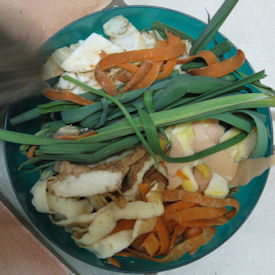
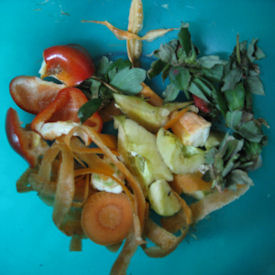
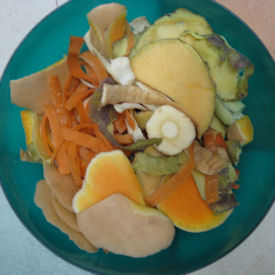
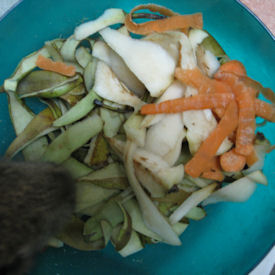
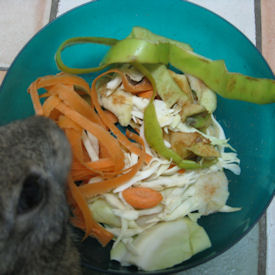
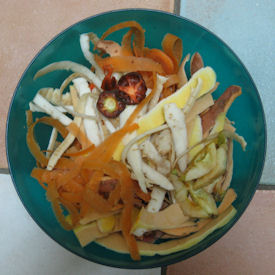
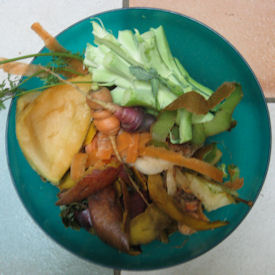
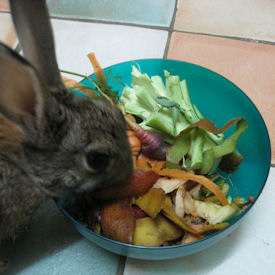
 Today I started pruning our raspberry canes. I’m going to spread it over a week or so and give the rabbits the prunings. They had the remaining leaves in autumn so now there are just sticks (called canes) left but hopefully they’ll enjoy gnawing them.
Today I started pruning our raspberry canes. I’m going to spread it over a week or so and give the rabbits the prunings. They had the remaining leaves in autumn so now there are just sticks (called canes) left but hopefully they’ll enjoy gnawing them.